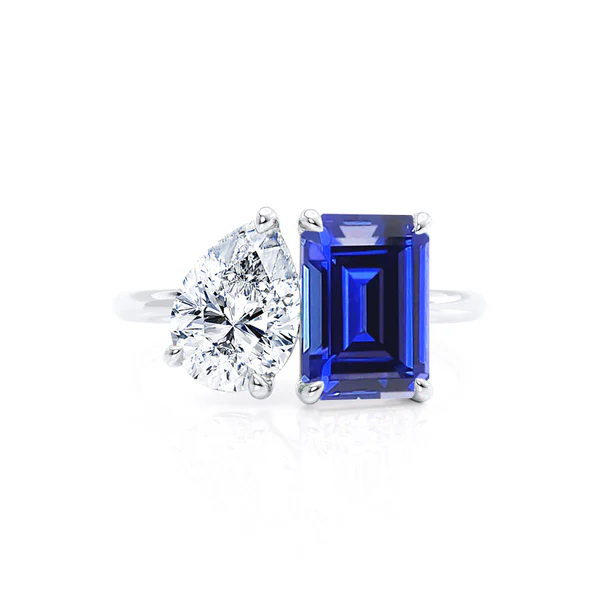When it comes to selecting an engagement ring, many people focus on the gemstone, especially if they are considering unique options like emerald engagement rings. However, the metal that holds the gemstone is just as important, both for the ring’s durability and its overall aesthetic. Choosing the right metal for your engagement ring requires understanding the characteristics of each option and how it complements the stone, your lifestyle, and personal style.
One of the most popular metals for engagement rings is gold. Gold comes in several variations including yellow, white, and rose gold. Yellow gold offers a classic, warm tone that has been cherished for centuries. It pairs beautifully with emerald stones, enhancing their rich green color with a regal glow. Rose gold, with its subtle pink tint, has gained popularity for its romantic and vintage appeal. It also contrasts nicely with the deep green of emeralds, making the ring stand out. White gold provides a modern and sleek look, offering a silvery shine that mimics platinum but at a more affordable price point. However, white gold is often plated with rhodium to maintain its brightness, which may wear off over time and require re-plating.
Platinum is another highly favored metal for engagement rings. Known for its strength and natural white sheen, platinum is extremely durable and hypoallergenic, making it ideal for people with sensitive skin. Its sturdy nature ensures that an emerald gemstone is securely set, minimizing the risk of damage or loss. Though more expensive than gold, platinum requires less maintenance since it does not fade or tarnish easily. For those seeking longevity and a luxurious feel, platinum is an excellent choice.
Palladium is a metal that is growing in popularity as an alternative to platinum. It shares many of the same qualities, such as durability and a beautiful white finish, but typically comes at a lower cost. Palladium is also lightweight, making it comfortable for everyday wear. Like platinum, it is naturally hypoallergenic, which is beneficial for sensitive skin.
For those who want something different, alternative metals like titanium, tungsten, or stainless steel offer exceptional strength and scratch resistance. These metals tend to have a modern, industrial look, which might appeal to someone seeking a contemporary style. However, these metals may not always be the best choice for delicate gemstones like emeralds, as they can be more difficult to resize or work with for intricate designs.
When choosing the right metal for your engagement ring, consider your lifestyle as well. If you lead an active life or work with your hands frequently, a more durable metal like platinum or palladium may be preferable. Conversely, if you prefer a softer metal that is easier to resize or repair, gold may be the better option. For more helpful blog posts like this one, visit the rest of our site, My USA Wire.
It’s also important to think about the maintenance each metal requires. While gold might need occasional polishing and rhodium re-plating, platinum can develop a patina that some people appreciate for its vintage charm. Understanding these nuances helps ensure your ring continues to look stunning over time.
In conclusion, selecting the right metal for your engagement ring is a personal decision that should balance aesthetics, durability, cost, and comfort. Whether you choose the timeless elegance of yellow gold, the modern shine of white gold, the enduring strength of platinum, or the unique appeal of alternative metals, your choice will help highlight the beauty of your emerald engagement rings and symbolize your commitment for years to come. Taking the time to explore each metal’s qualities ensures you find the perfect match for your dream engagement ring.







